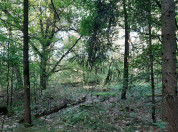Zoeken
Filteren op
Type
Labels
Dossiers
Thema's
Afdelingen
Taal
Active filters
1712 zoekresultaten
Zoekresultaten
-
Ate Hendrik-Jan Jaarsma
Postdoc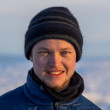
-
Kunnen planten ons helpen in de strijd tegen klimaatverandering?
Hallo, mijn naam is Gabriel en ik werk graag met (bijna) onzichtbare dingen. Elke dag als ik het lab van het Nederlands Instituut voor Ecologie (NIOO-KNAW) binnenloop, word ik herinnerd aan de hele kleine dingen die, ondanks hun grootte, een hele grote impact hebben op ons leven. Zoals de minuscule microben in onze bodem die helpen bij de kringloop van voedingsstoffen, de gasmoleculen die onze planeet verwarmen of de bijna onzichtbare stoffen die planten uit hun wortels vrijgeven. Ik ben een promovendus die werkt aan het ClipsMicro-project en ik richt me op een simpel en duurzaam idee: de juiste planten op het juiste moment gebruiken om de uitstoot van broeikasgassen door landbouwgrond te verminderen.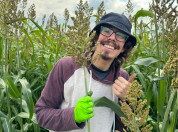
-
PhD thesis defence Luis Merloti: Soil lessons from restored Atlantic forest
On Wednesday 2 July, Luis Merloti will defend his PhD thesis, titled "Soil lessons from restored Atlantic forest".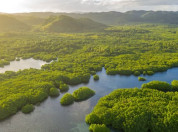
-
PhD thesis defence Luis Merloti: Soil lessons from restored Atlantic forest
On Wednesday 2 July, Luis Merloti will defend his PhD thesis, titled "Soil lessons from restored Atlantic forest".
-
Joséphine Pottier
PhD Candidate
-
Beleef de Lente 2025: Beschuit met meesjes
En toen waren er ineens weer een paar koolmeesjes bij op deze wereld! Gisteren zijn in ieder geval vier jongen uit het ei gekropen. So far, so good! Hopelijk verloopt alles goed met dit late nestje en zien we de jongen uitgroeien tot sterke, gezonde koolmezen.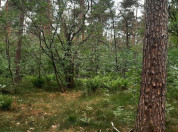
-
Beleef de Lente 2025: Stil
Hoewel we hier op deze site nog volop in de lente zitten, merk je duidelijk dat de zomer langzaam haar intrede doet. Vanmorgen viel het me ineens op dat er al beduidend minder vogels zingen.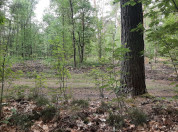
-
Beleef de Lente 2025: En... nog een kast!
Nadat het ‘oude’ nestje plotseling was uitgevlogen, kregen we de kans om een nieuw koolmeesnestje te gaan volgen. En natuurlijk zeggen we daar geen nee tegen! We gaan dus enthousiast verder en hopen dat jullie net zo blijven meegenieten van al dit moois als wij dat doen.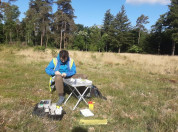
-
NIOO bij het Aardbewoners Festival van Artis
Bodemgeurenmemory, onderstebodem of de kleine tien onder je voeten? Vind het NIOO op het Aardbewoners Festival bij Artis. Van 29 mei tot 1 juni 2025
-
Beleef de Lente 2025: Heel veel meesjes
Het blijft je telkens weer verbazen hoe ongelooflijk snel jonge koolmezen opgroeien. In slechts zo’n 19 dagen zijn ze klaar om uit te vliegen. Vergelijk dat eens met bijvoorbeeld de jongen van de zeearend – die hebben maar liefst 70 tot 90 dagen nodig voordat ze vliegvlug zijn.